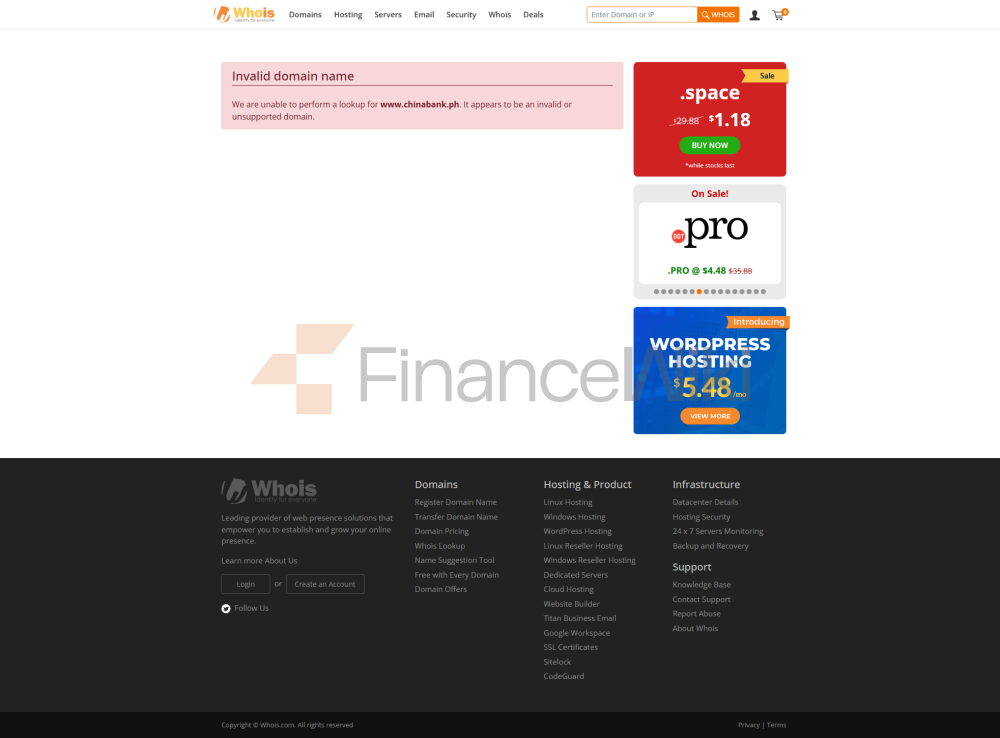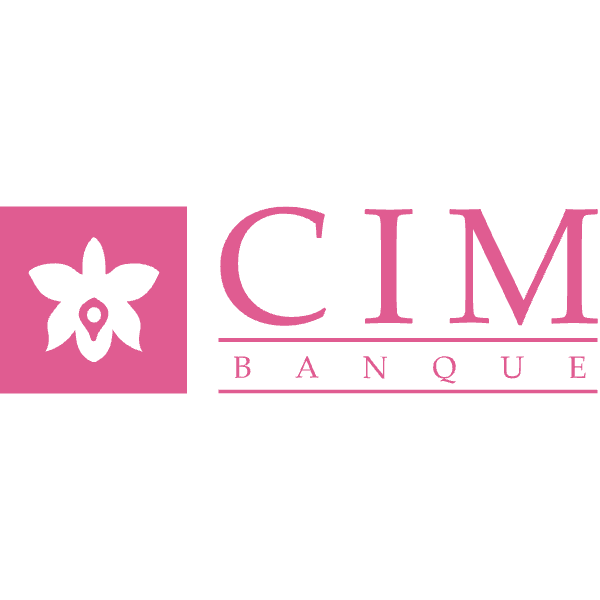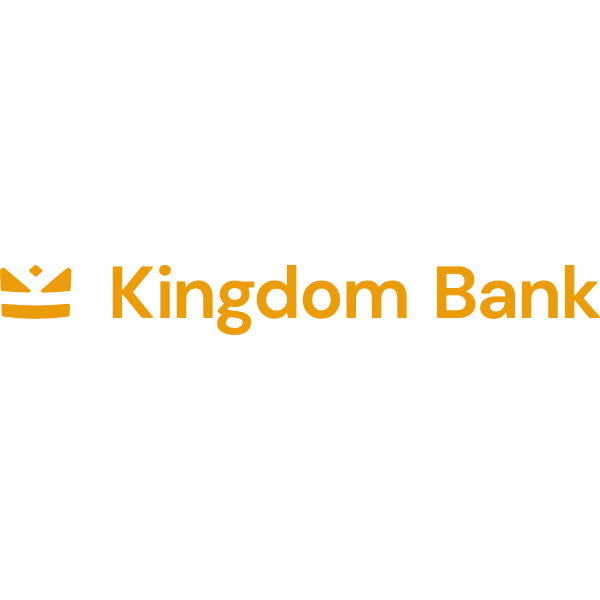🏦 Bank of
China Corporation Limited (Chinabank) is a private universal commercial bank in the Philippines, which is not a state-owned or joint venture bank. Founded by Chinese Filipino entrepreneurs serving retail and institutional clients, Chinabank is a key player in the Philippine banking industry, as a publicly traded company on the Philippine Stock Exchange (PSE: CBC).
📜 Name and background
Full name: China Banking Corporation (BOC) Chinese Simplified: Zhongxing Bank; Chinese Traditional: Zhongxing Bank; Pinyin: Zhōngxīng Yínháng)
Founded: 1920
Headquartered in Makati City, Philippines
Shareholder Background: Chinabank is a listed company and belongs to SM Group, one of the largest conglomerates in the Philippines. Privately held, with no direct government shareholding, major shareholders include institutional investors and SM Group-related entities.
Listed Status: Listed on the Manila Stock Exchange since 1927 and one of the first companies to go public.
🌍 Service scope
Coverage area: mainly operating in the Philippines, Historically, it had branches in Xiamen and Shanghai (closed in 1944), and its current business is concentrated in the Philippines.
Number of offline branches: As of December 31, 2024, Chinabank has 650 branches nationwide, including its subsidiary China Bank Savings (CBS).
ATM distribution: It has 1,081 ATMs and participates in BancNet, the largest ATM network in the Philippines, to improve customer convenience.
⚖️ regulatory and compliance
Regulator: Regulated by Bangko Sentral ng Pilipinas, BSP.
Deposit Insurance Program: Deposits are insured by the Philippine Deposit Insurance Corporation (PDIC) up to a maximum of PHP1 million (approximately US$18,000) per depositor.
Recent Compliance Records: No recent major compliance violations. Chinabank has been recognized for its good corporate governance, and has been awarded the Golden Arrow Award by the Philippine Association of Corporate Directors and the title of Top 3 Listed Companies in the Philippines by the ASEAN Capital Market Forum (ACMF).
💰 Financial health
Capital adequacy ratio: Although 2025 data is not available, Chinabank's historical performance shows a robust capital adequacy ratio that meets BSP requirements (typically above 10%).
Non-performing loan ratio: The non-performing loan (NPL) ratio remains low (about 2%-3% in recent years, but no specific data is available for 2025).
Liquidity Coverage Ratio: With a deposit base of over one trillion pesos (breakthrough in 2022) and diversified funding sources, the liquidity is sufficient and in line with BSP standards.
Users' Judgment: Chinabank is in a sound financial position, with continuous asset growth (the fourth largest private universal bank in the Philippines in 2022), controllable risks, and a reliable choice for deposits and loans.
💵 Deposit & Loan Products
Deposits:
Demand Deposits: Interest checking accounts such as China Check Plus are available at competitive interest rates (approximately 0.1%-0.5%, depending on market conditions).
Fixed deposits: fixed-term deposits, the interest rate is graded according to the maturity (1-5 years, about 2%-4% annualized, depending on market fluctuations).
Featured product: Chinabank Ultra Rewards combines high-yield savings and credit cards to provide additional rewards. Large certificates of deposit (CDs) are available to high-value depositors, and the interest rate is not disclosed.
Loans:
Mortgages: HomePlus loans with an interest rate of approximately 6%-8% per annum and a term of up to 20 years, subject to credit assessment.
Car Loan: AutoPlus loan, the interest rate is about 5%-7% annualized, and the term is up to 5 years.
Personal Line of Credit: The interest rate of personal loan is about 8%-10% annualized, and credit evaluation is required. Offer flexible repayment options, such as adjusting your repayment plan or making early payments without high penalties.
Flexible repayment options: Supports loan restructuring and grace periods, especially for consumer loan customers.
💸 A list of common expenses
Account Management Fee: Some accounts are subject to a monthly fee (approximately 100-300 pesos) if they fall below the minimum balance.
Transfer fee:
domestic: free of charge for intra-bank transfer; Interbank transfers via InstaPay/PESONet are about 10-25 pesos.
Cross-border: International money transfer fees range from $10-$30, depending on the destination and amount.
Overdraft fee: The checking account overdraft fee is approximately 500-1,000 pesos per visit.
ATM interbank withdrawal fee: about 10-15 pesos for withdrawals through BancNet ATMs; International withdrawals may incur a 3%-5% currency conversion fee.
Hidden Fee Alert: Pay attention to the minimum balance requirement (around PHP5,000 for savings accounts) to avoid service fees. Credit card annual fees may apply and are waived for high-spending customers.
📱 digital service experience
APP & Online Banking:
User ratings: Chinabank Mobile App and Chinabank Online user ratings are about 3.5-4.0/5 (based on App Store/Google Play feedback, reflects good ease of use).
Core features: Support for facial recognition login, real-time transfers (via InstaPay/PESONet), bill payment, and underlying investment tracking.
Technological innovations:
AI customer service: AI-powered chat support is limited and relies heavily on human online assistance.
Robo-advisors: There is no clear robo-advisory service, and the investment tools are mainly traditional wealth management.
Open Banking APIs: There is no public evidence of support for open banking APIs, but the digital channels for retail banking are performing strongly.
🤝 quality of customer service
service channels: 24/7 customer service hotline (+632 8885-5888), website/APP live chat and social media quick response (e.g. @ChinabankCards).
Complaint handling: Low complaint rate, average processing time of 3-7 working days, high customer satisfaction, won the 2023 Employer of the Year Award.
Multi-language support: English and Filipino are mainly supported, with limited support for other languages, which may be inconvenient for non-local customers.
🔒 security measures
Security of funds:P DIC provides insurance for deposits up to 1 million pesos. Fraud prevention measures include real-time transaction monitoring and SMS alerts for account activity.
Data security: ISO 27001 certification is not explicitly mentioned, but industry-standard encryption and multi-factor authentication are employed. No data breaches have been reported in recent years.
🌟 Featured services and differentiation
Market segment:
student account: Bank of China Savings offers a fee-free account for younger customers.
Exclusive wealth management for the elderly: Provide customized wealth management for the elderly, and the specific products are not disclosed in detail.
Green financial products: There are few green financial products, and some green financing is provided through its subsidiary, Chinabank Capital.
High Net Worth Services: Private banking services for high net worth clients, including customized portfolios and priority services (minimum balance requirement is not disclosed).
🏆 market position and accolades
Industry ranking: In 2022, it ranked the fourth largest private universal bank in the Philippines in terms of assets in terms of assets, and the domestic market is important but not in the top 50 in the world.
Awards:
Employer of the Year 2023
for Best Bank in the Philippines
(Corporate Governance)
by The Asset

















